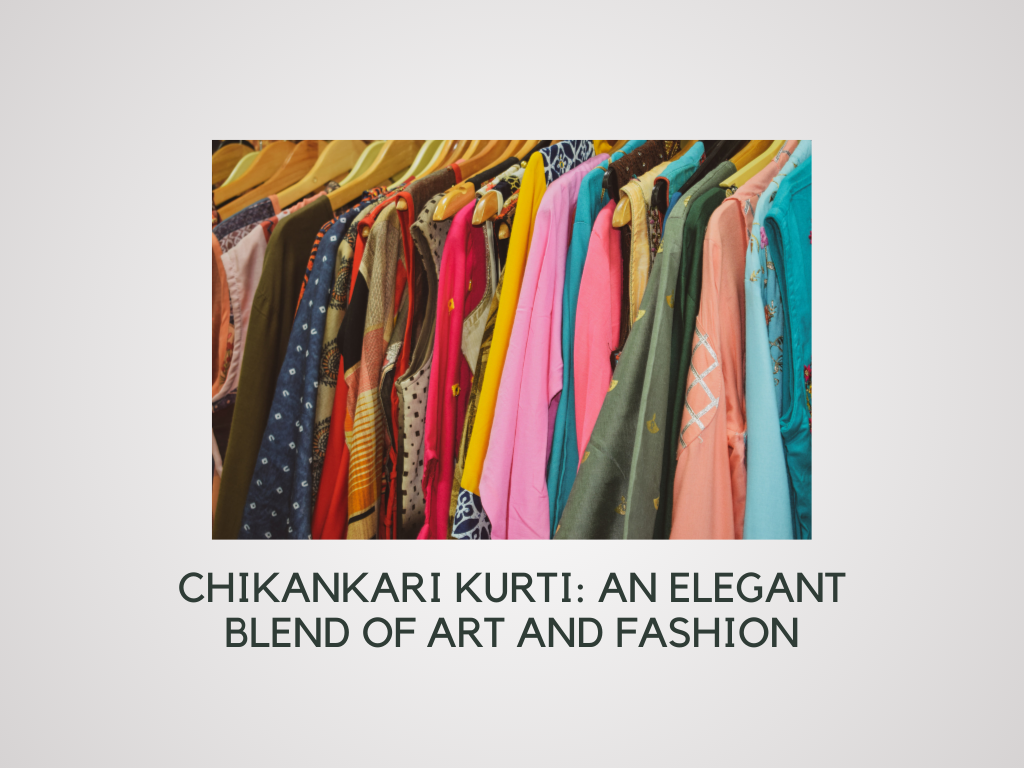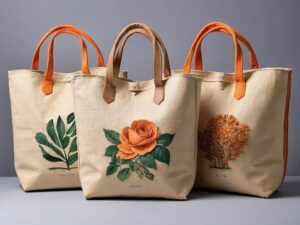Introduction:
The fashion world is constantly evolving, where trends come and go with the passing of seasons. However, amidst the ever-changing styles, specific traditional crafts have stood the test of time and continue captivating fashion enthusiasts. One such timeless art form is Chikankari, a delicate and intricate embroidery technique that has gained widespread recognition. Chikankari kurtis, adorned with these exquisite designs, have become a symbol of elegance and grace. This article explores the origins, craftsmanship, and enduring popularity of the Chikankari Kurti.
Origins and History:
Chikankari, meaning “embroidery,” has its roots deeply embedded in the cultural heritage of Lucknow, a city in northern India. Its origin can be traced back to the Mughal era, when emperors and nobles patronized it. The art form flourished under the patronage of the Nawabs of Awadh, who encouraged skilled artisans to create intricate patterns and motifs on fabric. Over time, Chikankari evolved and incorporated influences from different regions, resulting in a unique fusion of styles.
Craftsmanship and Technique:
The hallmark of Chikankari lies in its intricate and delicate threadwork. Skilled artisans painstakingly create exquisite patterns using a variety of stitches such as “taipchi,” “bakhia,” “phanda,” and “murri,” among others. Traditionally, the embroidery was done on fine white cotton fabric, but today, Chikankari is also found on various fabrics like silk, georgette, chiffon, and organza. The designs often feature floral motifs, paisleys, vines, and geometric patterns, meticulously handcrafted precisely.
The Chikankari Kurti:
The Chikankari kurti is a timeless and versatile garment combining traditional craftsmanship with contemporary fashion. Kurtis, a popular choice for women in South Asia, is essentially a shorter version of the traditional Indian tunic. The Chikankari kurti, with its intricate embroidery, adds an element of sophistication and elegance to any ensemble.
The Chikankari kurti comes in various styles, catering to different tastes and occasions. It can be simple and subtle for casual wear or adorned with elaborate patterns and embellishments for festive or formal occasions. The beauty of Chikankari lies in its ability to seamlessly blend tradition with modernity, making it suitable for both traditional and contemporary settings.
Enduring Popularity:
The Chikankari kurti has garnered immense popularity in India and globally. Fashion connoisseurs and celebrities have embraced this art form, donning Chikankari kurtis on red carpets and runways. The versatility of Chikankari allows it to transcend borders and appeal to a broad audience. Its delicate and intricate designs evoke a sense of femininity and grace, making it a perennial favorite.
Furthermore, the revival of traditional crafts and the growing interest in sustainable fashion have contributed to the resurgence of Chikankari. People are increasingly drawn to handcrafted, ethically sourced garments with a story. Chikankari, with its rich history and skilled craftsmanship, fits perfectly into this narrative, as it preserves traditional techniques and provides livelihood opportunities to artisans.
In conclusion, the Chikankari kurti is a testament to the enduring beauty and craftsmanship of traditional Indian textiles. Its intricate embroidery, delicate designs, and timeless elegance make it a coveted addition to any wardrobe. Whether worn casually or for special occasions, the Chikankari kurti embodies the perfect blend of art and fashion, carrying forward a rich cultural heritage for future generations.



